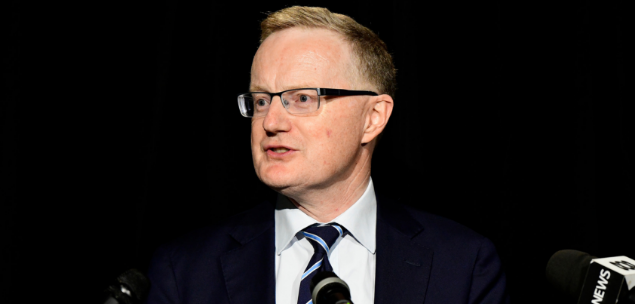The decision of the Reserve Bank of Australia today has been to hold the cash rate at a record low 0.75 per cent, as widely expected by economists.
The board decision will allow Christmas and New Year spending activity to filter through before the central bank’s board considers the possibility of a cut to 0.5 per cent at its next meeting in February.
Some observers had made for a case for a fourth cut in seven meetings on Tuesday – with weak consumer spending and stagnant wage growth continuing to keep a lid on business investment, jobs and inflation – but the RBA has decided to give its earlier cuts longer to play out.
“Given these effects of lower interest rates and the long and variable lags in the transmission of monetary policy, the board decided to hold the cash rate steady at this meeting while it continues to monitor developments, including in the labour market,” RBA governor Philip Lowe said.
The decision came on the eve of what is likely to be a lacklustre set of quarterly GDP figures, with annual growth expected to rise to 1.7 per cent from a decade-low 1.4 per cent.
The latest retail data is also set for release this week and is similarly tipped to improve but remain underwhelming.
The market has largely priced in a rate reduction in February and Dr Lowe maintained the board is prepared to ease further if needed.
The Australian dollar climbed from 68.19 US cents to 68.32 US cents within 15 minutes of the RBA’s 1430 AEDT decision.
Property prices and investors appear to have been the biggest beneficiaries of the RBA’s 0.25 per cent interest rate reductions in June, July and October.
In tandem with looser lending standards, the cuts have helped put housing values on track to reverse an 18-month downturn and hit new peaks by March, even as the broader economy flatlines.

